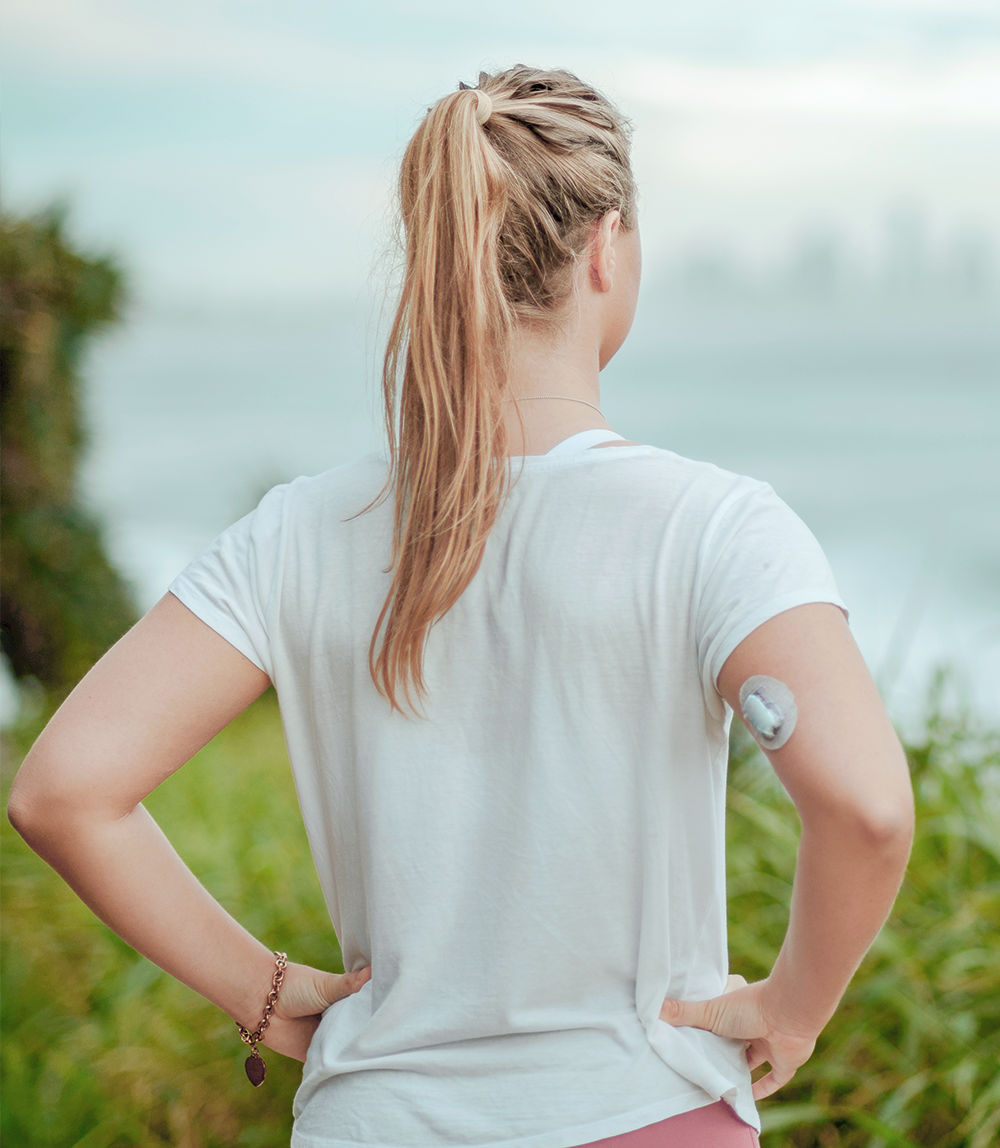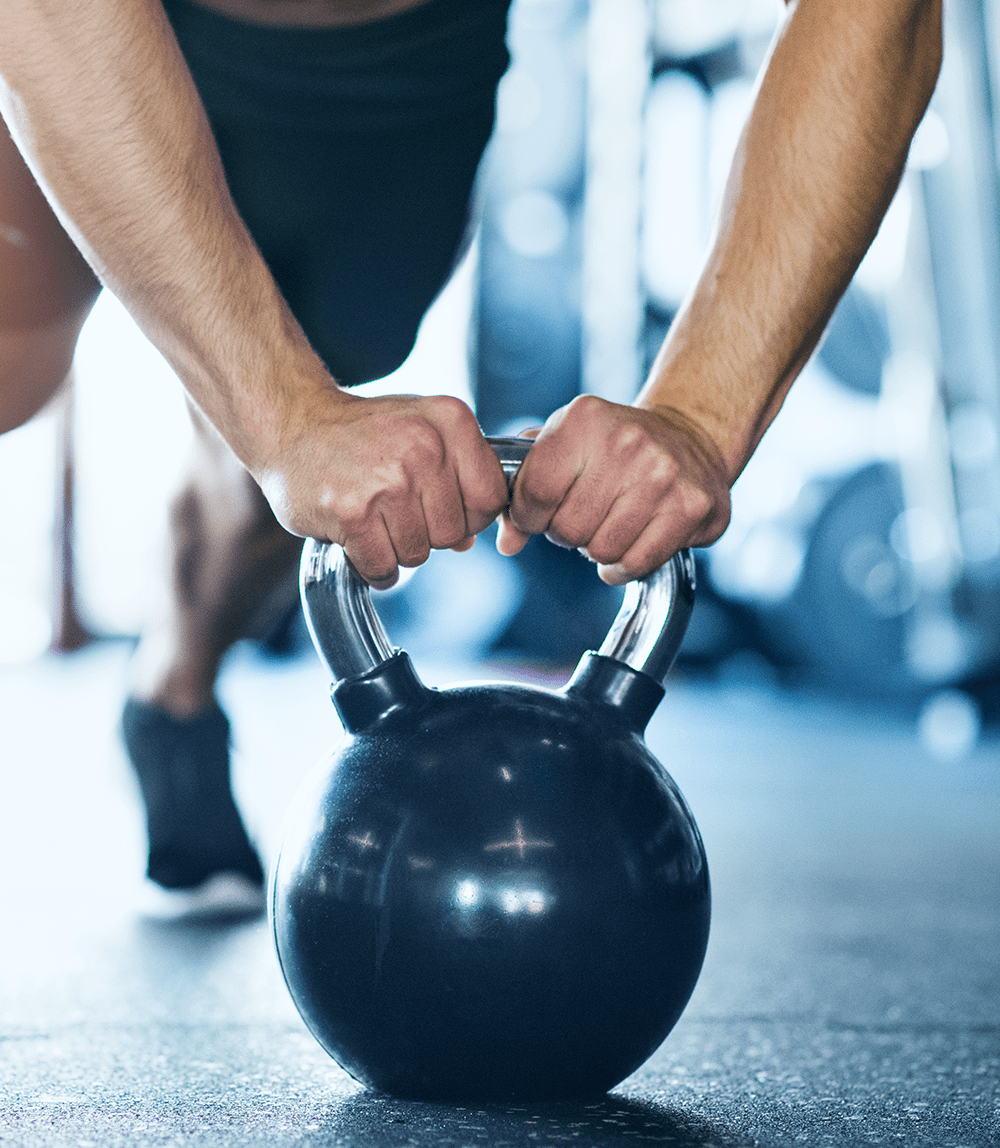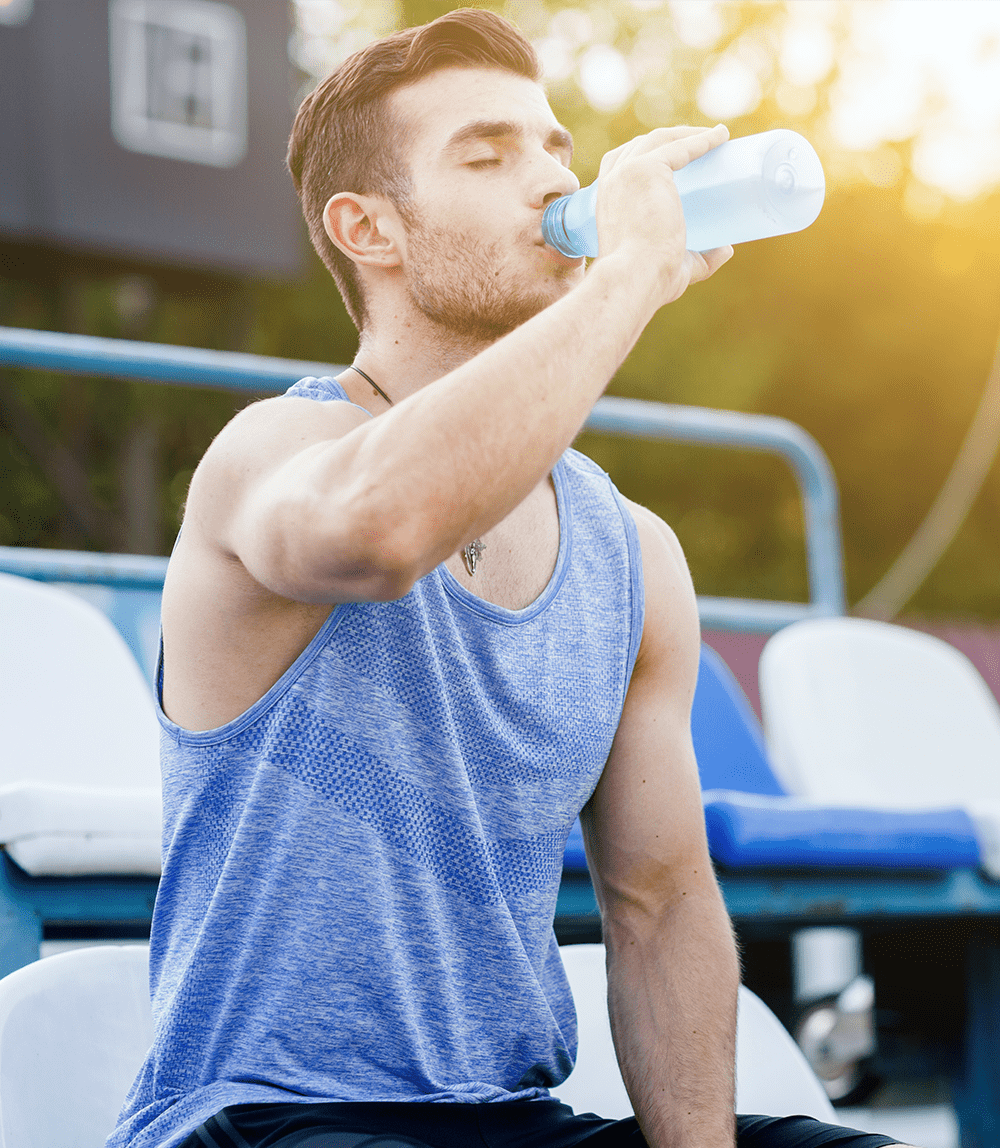
Exercise and staying active with T1D
People living with type 1 diabetes (T1D) can and should experience the benefits of exercise. Physical activity is great for your body and has positive effects on your mind—and T1D should not prevent anyone from reaping these benefits. Exercising with T1D does require extra preparation, but by following some guidelines, you can incorporate exercise into your life.
How to manage your insulin
We all know that exercise is good for us. It reduces the risk of cardiovascular disease, helps with weight management and is good for your overall health and well-being. Plus, as an added benefit for those with type 1 diabetes (T1D), increased physical activity can make your cells more sensitive to insulin, reducing insulin resistance.
Different types of exercise and how they affect type 1 diabetes
Exercise and physical activity can have different effects on people with type 1 diabetes, so it’s essential to learn how to adjust food and insulin around each of your workouts.

Aerobic
Lower intensity, longer duration.
Expect a drop in glucose levels.
Anaerobic
Higher intensity, shorter duration.
Expect spikes in glucose levels.
Mixed
Combination of Aerobic and Anaerobic.
Expect glucose levels to fluctuate,
can drop or spike.

Aerobic Exercise
Aerobic exercise tends to be longer but less intense. It includes activities like running, walking, long-distance swimming and biking. Typically these activities cause blood sugars to drop.
Things to consider:
- Figure out through trial and error whether to reduce or maintain your typical insulin intake before engaging in aerobic exercise. Every person is different.
- Be alert. The risk for hypoglycemia (low blood sugar) is higher if you are exercising over a long duration.
- Carry a fast-acting carb as a snack so you’re prepared if your blood sugars become low.

Anaerobic Exercise
Anaerobic exercise is generally done for a shorter length or in spurts but at high intensity.
This includes training like sprinting, boxing, ice hockey and weight training. These workouts are great for building muscle and getting stronger. But because of the intensity, these kinds of activities can cause blood glucose levels to spike.
Things to consider:
- Work with your health care provider to determine how much to increase your insulin in anticipation of the rise in glucose that intense physical exertion can cause.
- Again, be alert. Especially at high intensities, blood glucose can rise quickly. Check often and stay in tune with your body. Hyperglycemia can affect your performance in addition to your health.

Mixed Exercise
Mixed exercise is a combination of the aerobic and anaerobic activities above. Sports like basketball or soccer fall under this. Because it is a mix of an activity that lowers your blood sugar levels and one that can cause them to spike, it can be difficult to manage.
Things to consider:
- Through trial and error, determine how to adjust your diabetes management. Tools like a continuous glucose monitor (CGM) or flash glucose monitor (Flash GM) can help track the fluctuations that may come with mixed exercise.
- Consider the weather. In hotter temperatures, athletes use glycogen stores more quickly. Prepare by packing fast-acting sugars like sports drinks and glucose tablets. And don’t forget to drink water and stay hydrated!
- Be ready for game-day jitters. Sports can be stressful! With adrenaline running high and the game on the line, stress levels will often be heightened, affecting your blood sugar levels.

Benefits of exercise
In addition to getting stronger, improving heart health, decreasing stress, aiding weight management and loss and improving general mental health, those with type 1 diabetes can see these benefits:
- Muscles are better at absorbing glucose when they are contracted. This increased glucose uptake by your muscles increases insulin sensitivity ─ the opposite of insulin resistance, a problem when the body requires more insulin to process glucose.
- Exercise slows carbohydrate absorption, better using the glucose it has and reducing the insulin you need. This counteracts after-meal hyperglycemia.
Type 1 diabetes should never hold you back from your fitness goals. There are no exercises designed specifically for people with diabetes, but any workout you want to do is possible. There will be highs and lows as you figure out what works for you, but don’t let them keep you from the activities that you love.
How to adjust your insulin intake
Key things to consider when exercising include the type of exercise you plan to do, the action and timing of your insulin and your carbohydrate intake. The overall goal is to begin your workout with your blood sugar in safe range.
When managing blood sugar and adjusting insulin prior to exercise, be mindful of the intensity and duration of your exercise. Adjusting your insulin dose is just like any other component of type 1 diabetes management. Getting it right requires practice — and a conversation with your health care provider can help too.
What about the timing of my workout?
Sometimes you don’t have complete control over when you work out. But if you are participating in a competitive sport and/or if you have a sporting event, the kick-off time is set. Be prepared to reduce your insulin prior to game time, bearing in mind playing time and intensity. The amount by which you reduce your insulin dose depends on those factors.
The time of day may also have an impact. Exercising in the late evening after dinner may increase the risk of hypoglycemia overnight, but you can reduce this risk by lowering your evening insulin. If your workout fits best in the evening, make a plan with your endocrinologist or diabetes team to do this safely.
What should I eat before my workout?
Even when you time your workout perfectly with your insulin, you may need to eat extra carbohydrates to prevent lows. Everyone’s carbohydrate requirements for exercise are unique. Checking your blood sugar before, during and after exercise will help you develop your own plan.
And don’t forget to stay hydrated by drinking plenty of water. It’s also a good idea to have hypoglycemic (low blood sugar) treatment, like glucose tabs or juice on hand during exercise.
After exercise
The effects of exercise don’t stop when the physical activity or exercise is over. Delayed onset hypoglycemia can occur, dropping your blood sugar in the 6 to 15 hours after exercise. This is something to take into account when estimating your insulin dose before and immediately after exercise.
Test your blood sugar before, and then every few hours after exercise, and record what exercise you do and what food you eat in your blood sugar record book or with an app. This will make it easier to see trends and will also help you and your diabetes team to develop good diabetes management strategies.
If your blood sugar levels continue to fall after exercise, you may need to decrease your insulin doses before and after exercise. The amount by which you reduce your insulin will depend on your blood sugar trend. Your endocrinologist or diabetes team will be able to give you advice about insulin adjustment.